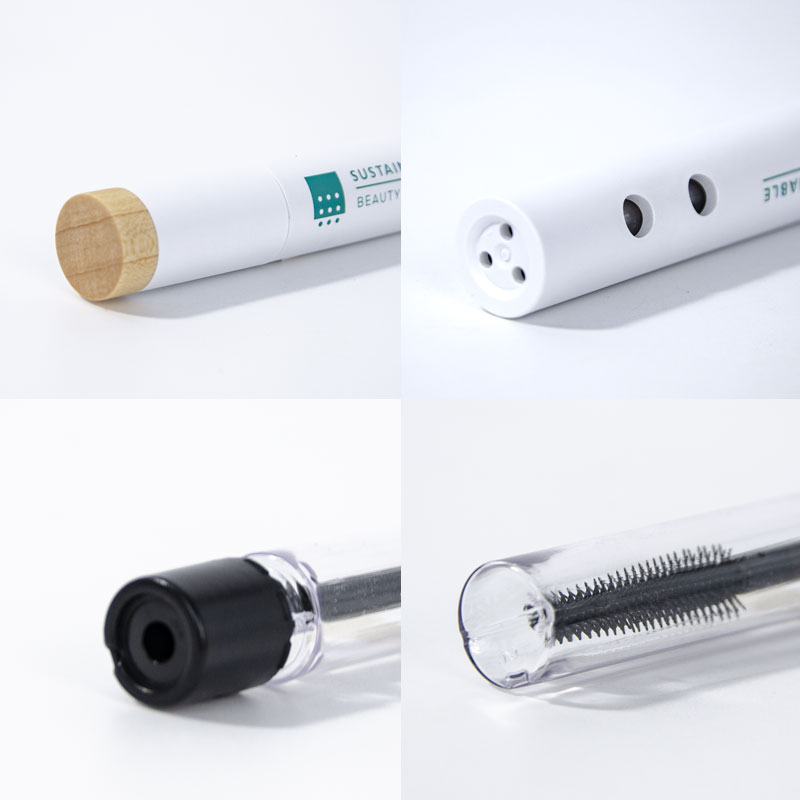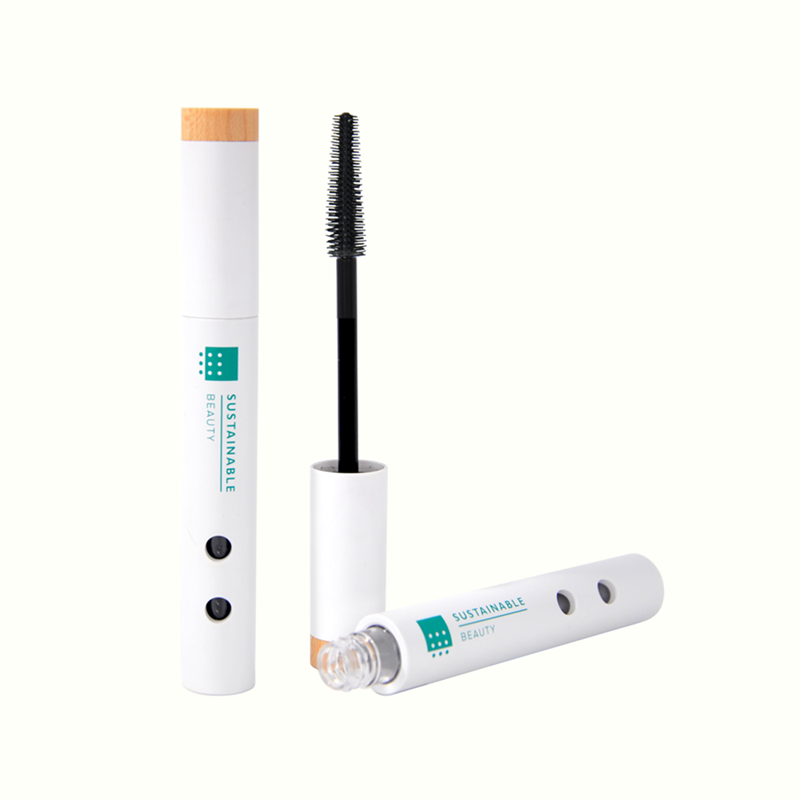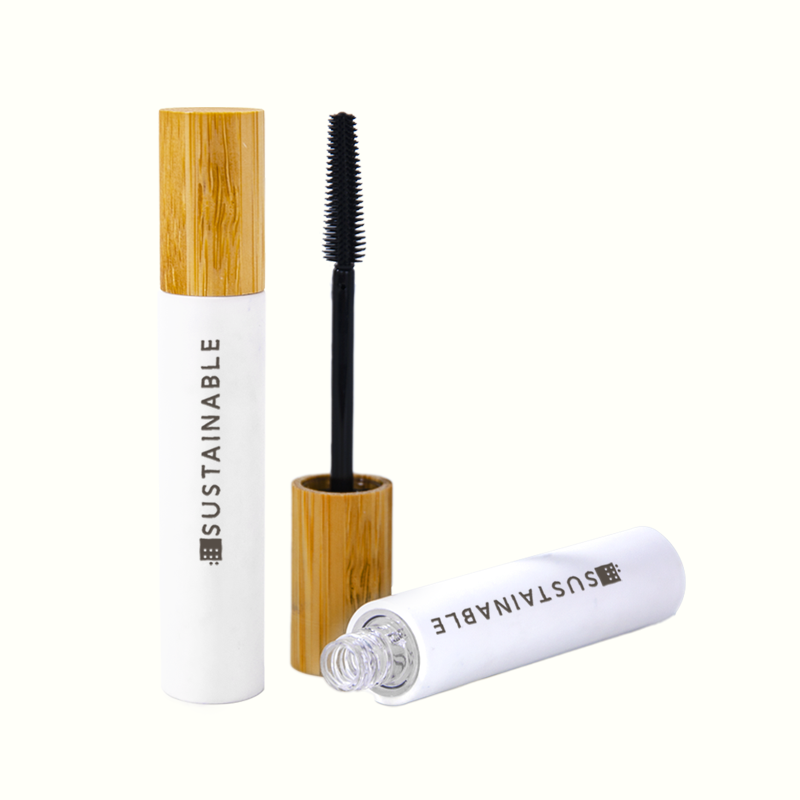Discount Price Bamboo Eye Liner Packaging - Hard Maple Wood+100% PLA Series Mascara Packaging Tube – YiCai
Discount Price Bamboo Eye Liner Packaging - Hard Maple Wood+100% PLA Series Mascara Packaging Tube – YiCai Detail:
Shapes and Design:
The product adopts a simple and high-end design. The natural wood color of hard maple is matched with the white of PLA, which is the design style favored by big brands. Hard maple is matched with 100% PLA. We can make a full range of replaceable and refillable, including refillable PLA lipstick packaging,refillable lip gloss packaging, refillable mascara tube packaging, refillable eyeliner packaging, refillabel blush box packaging , refillable compact powder box, refillable loose powder box, refillable eye shadow box, etc. The minimum order quantity of each product is 12000pcs, and different surface treatments can be done to give the product a sense of series.
Features
Replaceable, Recycle, and Reuse sturctures
PLA is not a plastic, but a plastic made from plant starch. Unlike traditional plastic, its source is renewable resources such as corn starch, which also makes it biodegradable. Since PLA is derived from natural resources, it can be continuously produced. PLA plastic has some important ecological benefits compared to its petroleum by-products. For example, in a controlled environment, PLA biodegradable naturally, returning to the earth, so it can be classified as a biodegradable and compostable material.

PLA has excellent biodegradability. It can be completely degraded by microorganisms in the soil within 180 days after disposal, and can be naturally decomposed into carbon dioxide and water under composting conditions. It reduces the amount of CO2 emissions and solid waste in the process of petrochemical products, and does not pollute the environment. There are various waste disposal methods for waste polylactic acid products, such as natural decomposition and composting.
PLA will not decompose automatically in the natural environment, but only in a specific environment in use, it can be used at normal temperature like ordinary plastic products, but because PLA is not heat-resistant, it is recommended not to use PLA products in an environment exceeding 50 degrees.
More Details of product
Free Samples
Free returns
Contact Us
Product detail pictures:








Related Product Guide:
Refillable packaging is a type of packaging that can be reused over and over again, by simply refilling it with the product it originally contained. This type of packaging can reduce waste and conserve resources, as it reduces the amount of disposable packaging that ends up in landfills. Refillable packaging can also be more cost-effective for consumers, as they only need to purchase the product itself and can reuse the packaging. Examples of refillable packaging include refillable water bottles, reusable coffee cups, and refillable soap dispensers. Some companies are also starting to offer refill stations in stores, where customers can bring in their empty packaging and refill it with the product rather than purchasing a new package. Discount Price Bamboo Eye Liner Packaging - Hard Maple Wood+100% PLA Series Mascara Packaging Tube – YiCai, The product will supply to all over the world, such as: Frankfurt, New Zealand, Plymouth, One of the biggest environmental concerns of our time is plastic waste. Plastic is a non-biodegradable material and doesn't break down easily, which means it persists in the environment for hundreds of years, polluting our oceans, harming marine life, and disrupting ecosystems. To combat this issue, many individuals and organizations are taking steps to reduce their plastic use, recycling more, and advocating for more sustainable practices. There are also many innovative solutions being developed, such as biodegradable plastics and alternative materials like bamboo, to help reduce our reliance on traditional plastics. Ultimately, reducing plastic waste requires a collective effort and a commitment to sustainable and environmentally-friendly practices.
This supplier offers high quality but low price products, it is really a nice manufacturer and business partner.









